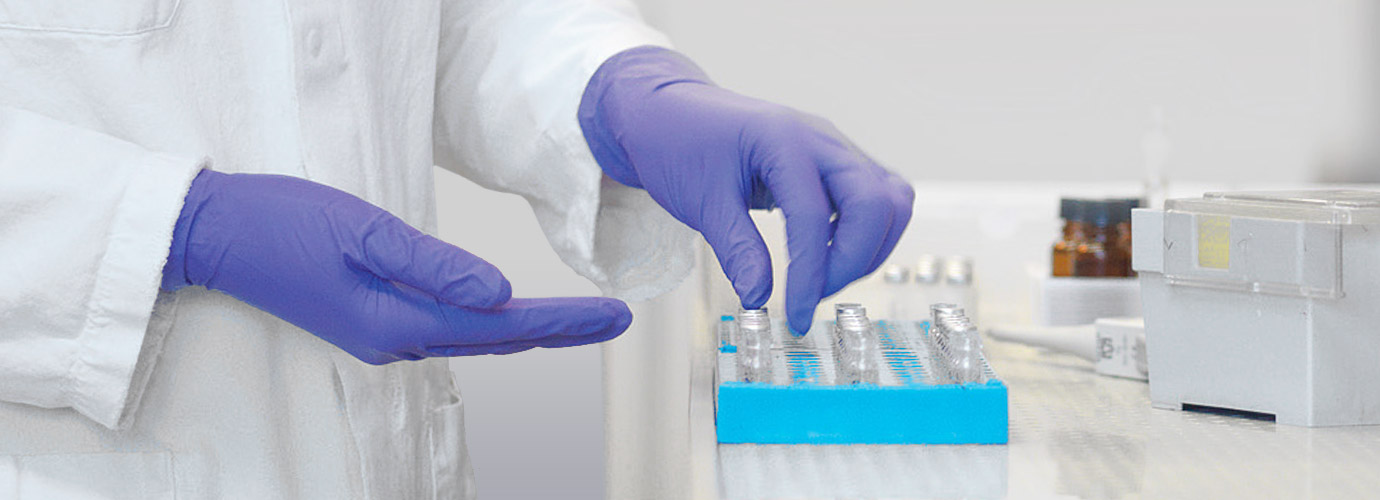Patients with long-duration Type 1 Diabetes Mellitus still produce Insulin

Author Prof. J. Spranger, University Department of Pediatrics Mainz
The patient registry of the prestigious Joslin Diabetes Center in Boston (USA) lists 1,019 subjects with a documented history of insulin-dependent diabetes mellitus covering the period from their childhood to the age of 60 to 70 years. In 327 (32%) of these cases, C-peptide was detected in the serum. Since C-peptide is released when proinsulin is converted to insulin, this suggests autonomous insulin production also after 50 or more years of insulin-dependency.
A subgroup of 181 long-term diabetics was examined for a second time. 81 (45%) of them initially had detectable C-peptide levels. In 49 of them (60%), the protein was no longer detectable at the follow-up exam 4 years later. Conversely, C-peptides became detectable in 9 initially C-peptide-negative subjects. Similar fluctuations could be observed with diabetes-relevant autoantibodies detected in these patients, i.e. insulinoma antigen 2 or glutamic acid decarboxylase. Arginine infusions, used to check for functioning ß-cells, increased C-peptide levels in 14 out of 30 patients who had consented to this study. Finally, functioning ß-cells were detected in the pancreases of 68 deceased patients with long-duration diabetes.
Comments: Patients suffering from autoimmune diseases are aware of the ups and downs of their disease. If fluctuations of autoimmune and residual ß-cell activity are connected, it is tempting to speculate if otherwise inexplicable blood sugar swings common amongst diabetic patients may be caused by intermittent residual ß-cell activity.
Reference:
Yu MG, Kennan HA, Shah HS, et al. (2019) Residual ß cell function and monogenic variants in long-duration type 1 diabetes patients. J Clin Invest 129 (8):3252-3263.


